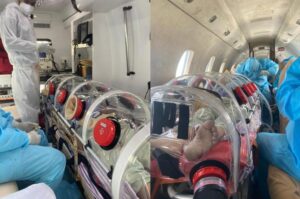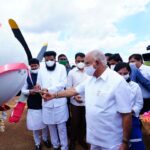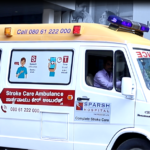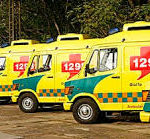Air ambulance services commenced in Bengaluru about a decade ago, it never took off as one would have expected it to. But seems to have finally taken wings during this pandemic.

Bengaluru: Though air ambulance services commenced in Bengaluru about a decade ago, it never took off as one would have expected it to. The Hindustan Aeronautics Limited (HAL) even dedicated a special chopper to undertake emergency evacuation of passengers and a few other private players after launching their own services.
However, in the covid era, the services seem to have finally taken wings. The integrated air ambulance services, launched a couple of months ago in the city, have been regularly involved in undertaking covid transfers apart from assisting in organ airlift (lungs transplant) and providing transport for patients who are on Extra corporeal Membrane Oxygenation (ECMO) therapy.
The International Critical Air Transfer Team (ICATT) air ambulance services was launched in the city in September and have been regularly undertaking these emergency airlifts. ”We have been doing well since the launch. We are doing airlifts, which are mostly covid-related complications. We have done back-to-back covid transfers where patients are airlifted from different parts of the country and shifted to hospitals. As the ambulance is equipped with an Isolation Pod, we are able to do these transfers safely and regularly,” says Dr Shalini Nalwad, director, ICATT.
While ambulances are used for short transfers (around 250 km), fixed wing air ambulances are used for shifting patients for long- distance airlifts. Nalwad said they have done transfers across districts within the state and also airlifted patients from Bhopal, Raipur, Goa and transferred them to hospitals in Bengaluru, Chennai and Hyderabad. The air ambulance fleet is based at the HAL airport.

“We have helped many patients get lung transplants after the services were launched. There are many opting for lung transplants as the survival success rate for the first year after the transplant is 80 per cent. Besides that, we have also done about 18 transfers involving patients who are on ECMO therapy,” Nalwad said, adding that the fare depends on various factors like travel time, distance between the patient’s pick-up point and destination of the hospitals, and the services that a patient might require onboard the aircraft or the helicopter.














